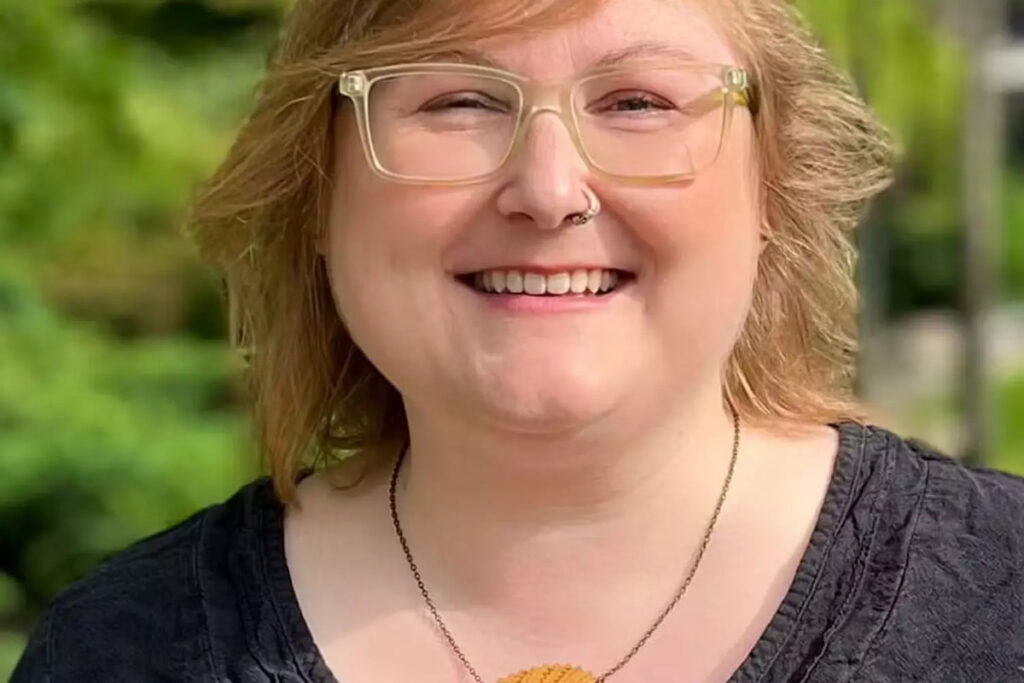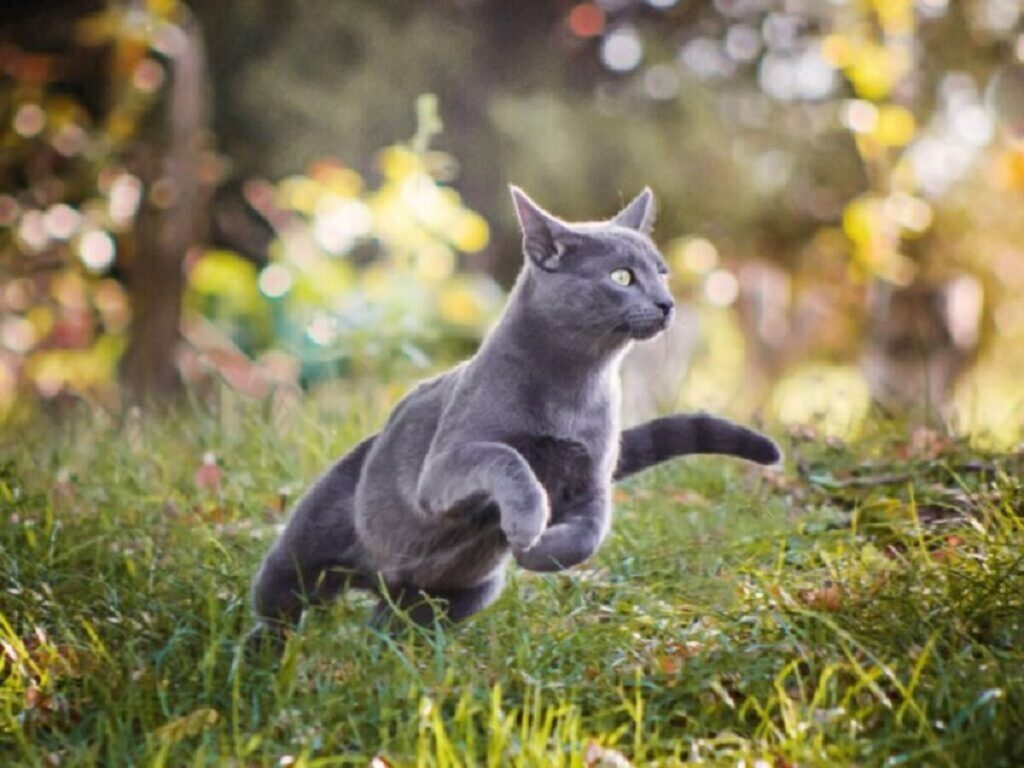In a landscape often dominated by political scandals and controversies, one leader has recently captivated the online community—not through policy, but through her endearing bond with an unexpected animal: the hedgehog.
Meet Sophie Lund Rasmussen, a highly regarded hedgehog researcher and biologist, affectionately dubbed “Doctor Hedgehog” by those who admire her work. Although she may not hold a political office, her remarkable story is gaining traction across social media, especially since her research initiative has unexpectedly captured the nation’s attention. Let’s explore why Sophie’s unique relationship with these spiny creatures is resonating so deeply.
Sophie Lund Rasmussen: A Biologist’s Impressive Hedgehog Journey
Sophie’s fascination with hedgehogs began during her university days as a biology student. While her peers gravitated towards more conventional animal studies, Sophie felt a special attraction to these nocturnal animals, drawn in by their quirky behaviour and distinct features. The pivotal moment came when she volunteered at a wildlife rehabilitation centre, where she nurtured orphaned hedgehog pups with a bottle in hand.
“Hedgehogs are incredible,” Sophie expresses enthusiastically. “In Denmark, they’re a recognizable part of our landscape. Their spiny backs and cute little waddle in the garden make them impossible to resist.” This endearing connection has propelled Sophie into a lifelong commitment to studying their behaviour, health, and survival strategies.
The Danish Hedgehog Project: Mobilising a Nation
In 2016, Sophie initiated a groundbreaking research project known as the “Danish Hedgehog Project.” The ambitious goal? To catalogue and monitor the hedgehog population throughout Denmark. To date, Sophie has amassed an impressive collection of hedgehog specimens, with many being contributed by enthusiastic members of the public. Thanks to 14 freezers filled with hedgehog samples, she has gained invaluable insights into the condition of Denmark’s hedgehog population.
However, it’s this year that her work has truly accelerated, with a national public campaign in partnership with the World Wildlife Fund (WWF). The initiative invites Danes to participate in an annual hedgehog counting event, sharing their findings on a dedicated website. The first count was held just last weekend, and the overwhelming participation caused the site to crash from high traffic volumes!
“The response was phenomenal,” Sophie told Danish TV 2. “So many people logged on that our system couldn’t take it.” This frenzy of interest demonstrates a community rallying around the conservation of a beloved species facing significant challenges in urban areas.
Mapping Hedgehog Movements: A Critical Conservation Tool
But this initiative isn’t merely a whimsical activity—there’s a serious conservation agenda at its centre. Sophie aims to leverage the gathered data to produce a comprehensive map of hedgehog movements across Denmark, shedding light on their population size and distribution. “Understanding the hedgehog population is crucial to directing our conservation strategies effectively,” she noted.
Since hedgehogs are predominantly active at night, the ideal time for observing them is during dusk, when they venture out to forage. While the data from the first count is still being processed, Sophie remains optimistic that this initiative will play a pivotal role in securing the long-term survival of hedgehogs in Denmark.
Making Your Space Hedgehog-Friendly
If you’re inspired by Sophie’s work and want to create a welcoming environment for hedgehogs in your own garden, here are several simple measures you can take:
- Steer clear of pesticides and other harmful chemicals in your outdoor space.
- Inspect bushes, hedges, and compost heaps before gardening to ensure no hedgehogs are taking refuge there.
- Designate a wilder area in your garden with piles of leaves, branches, or logs.
- Drill a small hole in the fence to facilitate hedgehog movement between gardens.
- Provide fresh water and supplementary food, like cat food, to attract them.
By implementing these minor adjustments, you can significantly contribute to hedgehog conservation and support the health of these essential creatures, which play a vital role in maintaining ecosystem balance.
Revitalising Interest in Conservation
Sophie’s efforts have sparked a surprising level of interest in hedgehog conservation and highlight how community engagement can bolster wildlife protection initiatives. It’s remarkable how the simple charm of a hedgehog can galvanise an entire nation into action. The online response to this campaign is a testament to the reality that when people feel a personal connection to an issue, they’re eager to take measures to protect it.
Sophie’s unwavering dedication to these small creatures illustrates how even the most unassuming animals can inspire significant advancements in conservation science. Her story highlights the power of community in preserving biodiversity. As more individuals take part, Sophie’s project is not only gaining momentum in Denmark but could potentially serve as a blueprint for similar initiatives worldwide.
Have you been influenced by a cause like Sophie’s? What steps have you taken to support wildlife conservation? Share your thoughts and experiences in the comments—I’m keen to hear how others are making a difference!







